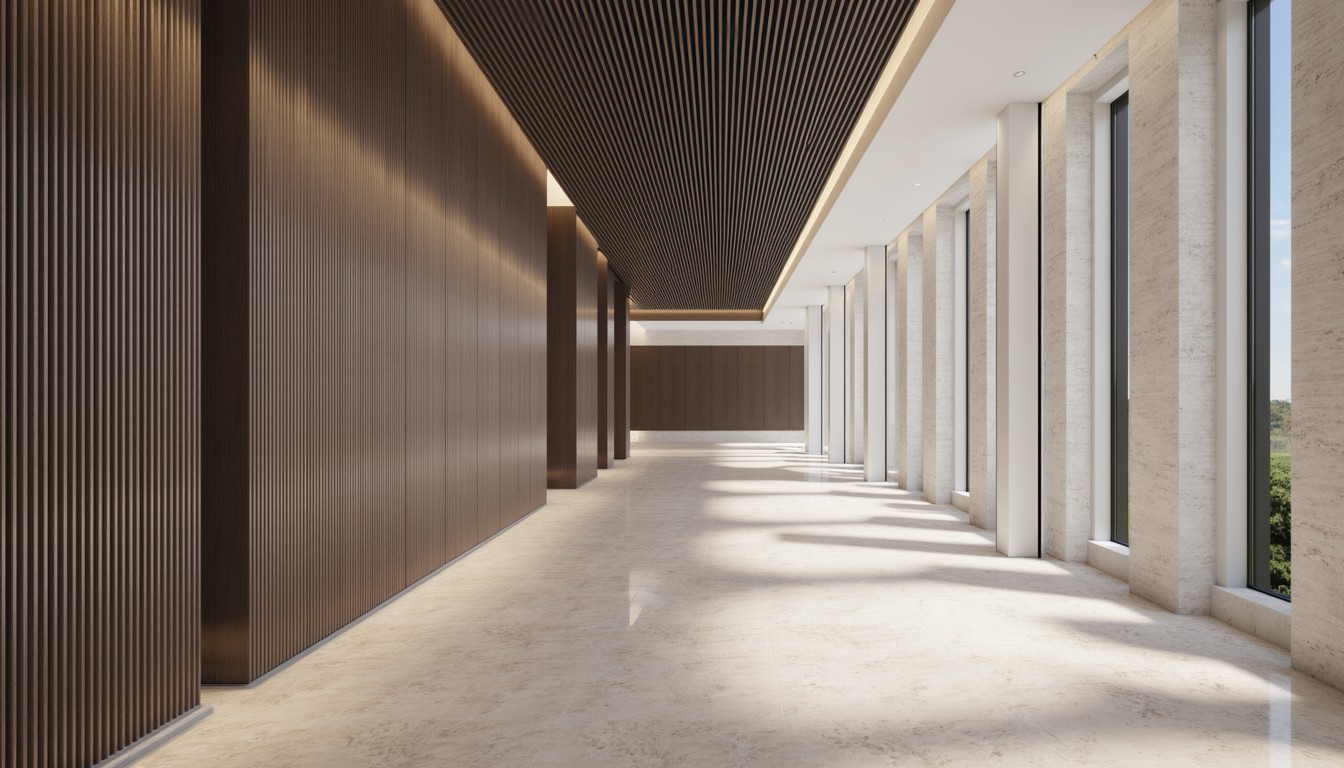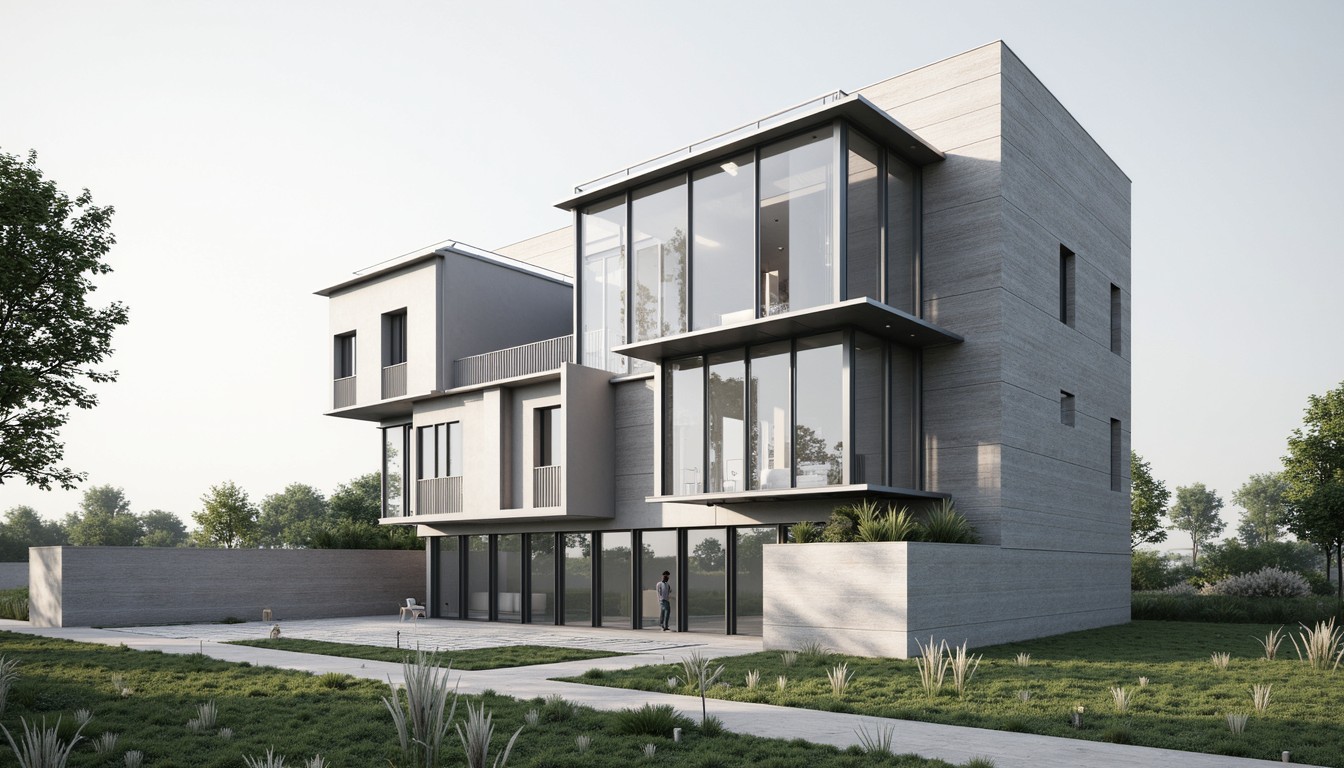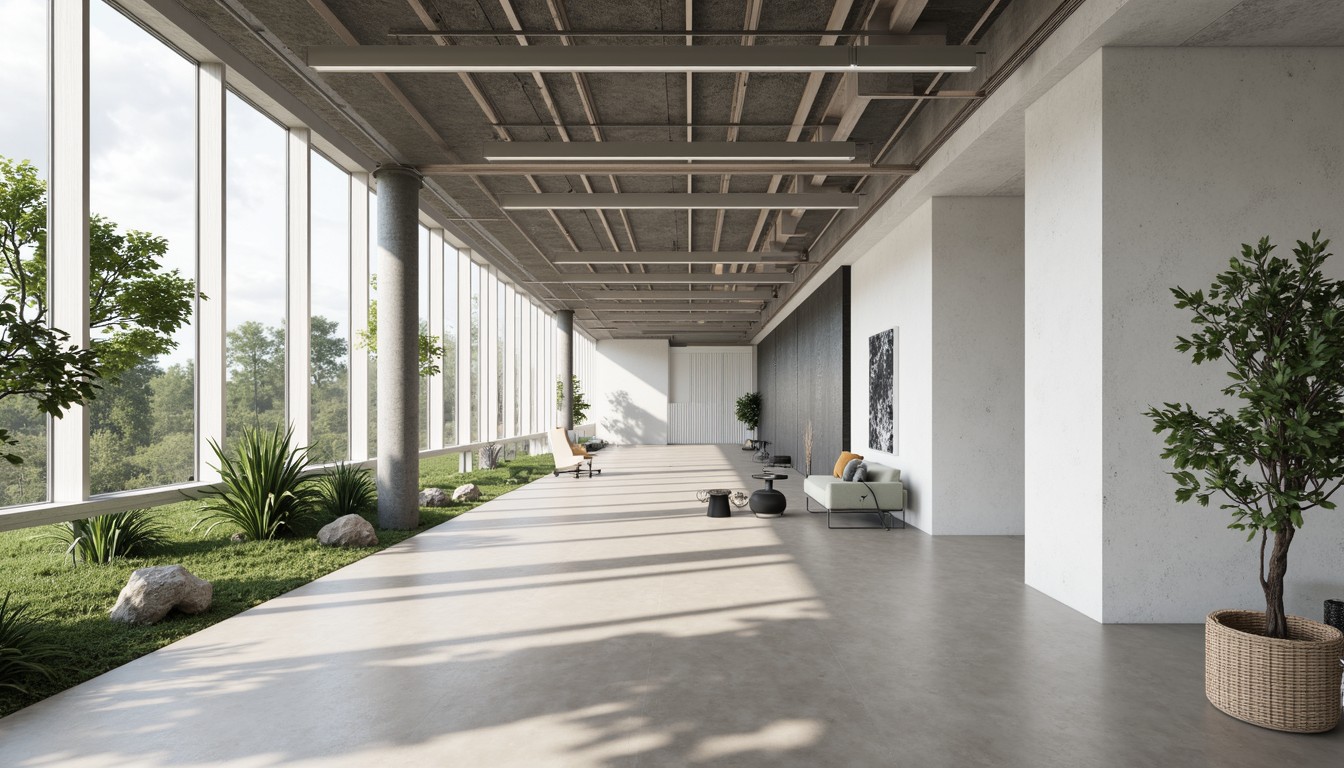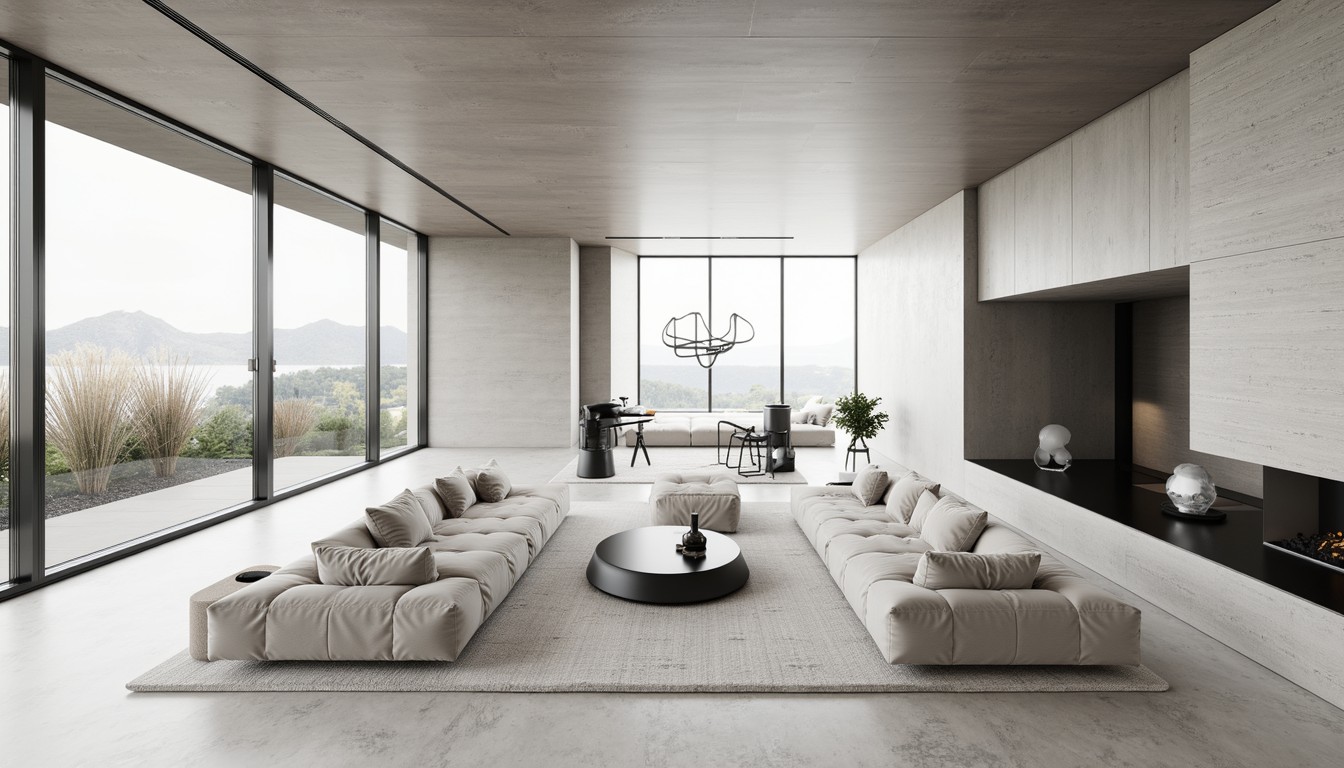3D Printing in Construction: Building the Future
The construction industry, known for its traditional methods and slow pace of innovation, is undergoing a seismic shift. At the forefront of this transformation is 3D printing, a technology rapidly reshaping how we design, build, and inhabit our structures. This innovative approach offers a plethora of benefits, from increased efficiency and sustainability to the creation of complex architectural designs previously deemed impossible. ArchNav, a leader in architectural visualization, explores the exciting possibilities of 3D printing in construction.
The Rise of Additive Manufacturing in Construction

Additive manufacturing, or 3D printing, involves layering materials to create three-dimensional objects. In construction, this translates to building structures layer by layer, using specialized printers and construction-grade materials like concrete, mortar, and even recycled materials. This differs significantly from traditional subtractive methods, like carving stone or cutting wood, leading to less waste and greater design flexibility.
Types of 3D Printing Technologies in Construction
Several 3D printing techniques are being employed in construction, each with its own strengths and limitations:
- Binder Jetting: This method uses a binder to fuse together granular materials like sand or powdered cement.
- Extrusion-based 3D Printing: A nozzle deposits material, layer by layer, building up the structure. This is common for printing with concrete or specialized polymer-based materials.
- Vat Polymerization (Stereolithography): Uses UV light to cure liquid resin, creating highly detailed and precise structures, although typically limited to smaller-scale applications in construction at present.
Benefits of 3D Printing in Construction

The advantages of employing 3D printing in construction are numerous and compelling:
- Increased Speed and Efficiency: 3D printing can significantly reduce construction time, as layers are deposited rapidly, minimizing labor-intensive processes.
- Reduced Labor Costs: While skilled operators are needed, the overall labor costs can be lower compared to traditional methods, especially for repetitive tasks.
- Minimized Waste: Additive manufacturing generates less waste than subtractive methods, contributing to a more sustainable construction process. This aligns perfectly with growing demands for environmentally conscious building practices.
- Enhanced Design Freedom: 3D printing allows architects and engineers to create complex and intricate designs that would be impossible or prohibitively expensive with conventional techniques. Organic shapes, customized features, and complex geometries are now readily achievable.
- Improved Accuracy and Precision: The layered deposition process ensures high accuracy, reducing errors and the need for extensive rework.
- On-site Construction: 3D printing can be done directly on the construction site, reducing transportation costs and logistics challenges. This is particularly beneficial for remote or challenging locations.
Real-World Applications and Case Studies
3D printing is no longer a futuristic concept; it's being used in real-world projects globally:
- Affordable Housing: Several initiatives are utilizing 3D printing to build affordable and sustainable housing solutions, addressing global housing shortages.
- Infrastructure Projects: From bridges and retaining walls to entire buildings, 3D printing is being explored for large-scale infrastructure projects.
- Architectural Masterpieces: Architects are pushing creative boundaries, utilizing 3D printing to create unique and visually stunning buildings.
Examples include the construction of entire houses in minutes, the creation of intricate facade designs, and the production of customized architectural elements.
Challenges and Future Trends

Despite its immense potential, 3D printing in construction faces some challenges:
- Material limitations: The range of printable materials suitable for construction is still expanding.
- Scalability issues: Scaling up 3D printing for large-scale projects requires further technological advancements.
- Regulatory hurdles: Building codes and regulations need to adapt to accommodate this emerging technology.
- Cost considerations: While potentially cost-effective in the long run, the initial investment in 3D printing equipment can be significant.
Future trends include the development of new materials, improved printing speeds, and the integration of artificial intelligence and automation for greater efficiency and precision. We can also expect to see greater integration with other construction technologies like Building Information Modeling (BIM).
ArchNav: Your Partner in Visualizing the Future of Construction
At ArchNav, we understand the transformative power of 3D printing and its impact on the architectural landscape. Our expertise in advanced architectural visualization allows us to create stunning and accurate renderings of 3D-printed structures, helping architects, engineers, and developers to visualize and communicate their projects effectively. We provide high-quality visualizations that showcase the unique possibilities of this exciting technology, enabling informed decision-making and successful project execution. Contact us today to explore how ArchNav can help you bring your 3D-printed building vision to life.
